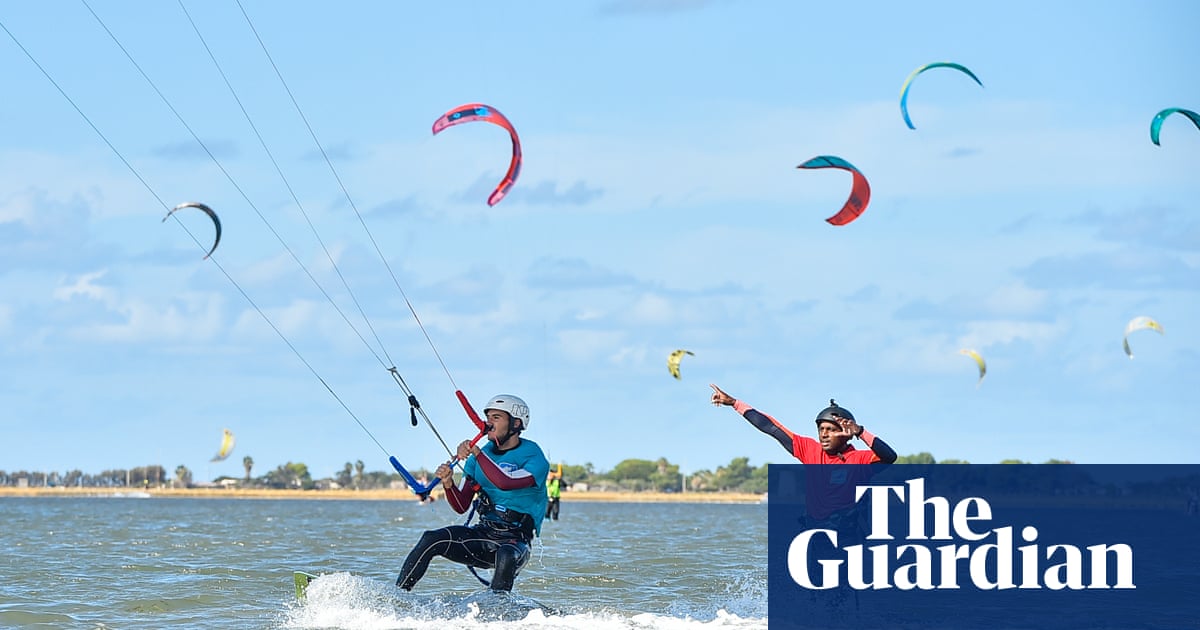There’s no escaping it: kitesurfing is a daunting sport for beginners. Don’t be fooled by the name – it is nothing like flying a kite in a park. On the first day of a week-long kitesurfing course in Sicily, I found myself in the sea attached to an enormous polyester wing that was powerful enough to lift me clear of the water and send me hurtling through the air.
Despite my nerves, I could see that the Stagnone Lagoon near Marsala, western Sicily, is a great place to learn. The lagoon is shallow enough to stand up in, has no waves and is protected by four islands – Isola Grande, San Pantaleo, Santa Maria and La Schola – that create a natural wind tunnel; there is a consistent breeze from spring to the end of October. The area is popular with kitesurf schools, including mine, UCPA Planète, but doesn’t feel overcrowded.
There were 12 of us on the trip in September: six men and six women ranging from mid-20s to mid-50s, of whom five were beginners. On that first morning, we newbies learned the basics on land: how to tell the direction of the wind; how to identify hazards; how to inflate the kite, attach the lines, stop it blowing away and carry it safely into the water.
Then we plunged straight into the sea to take turns trying to launch our 8 sq metre kite and control it with both hands gripping the bar. Our instructor, JB, kept a firm grasp on our harnesses: until you learn to keep the kite directly overhead, it can pull you into an unwilling, ungainly lurch through the water.
Once we’d got to grips with the kite, it was time to lower ourselves into the water and attempt “body dragging” – deliberately letting the kite power us forwards. This was an instant adrenaline rush, despite the face full of seawater. I partnered with Johanna, a Swedish doctor, to practise. Our progress was fast, so we thought we’d be kitesurfing in no time.
Day two brought us all crashing down to earth. The wind was much lighter and we realised how much heavy lifting it had been doing the previous day. In light wind, you need to be much more skilful – most of us could barely launch the kite into the air, despite moving up to a bigger, more powerful model. Thankfully, the breeze picked up in the afternoon and we practised controlling the kite with…
Click Here to Read the Full Original Article at Travel | The Guardian…
